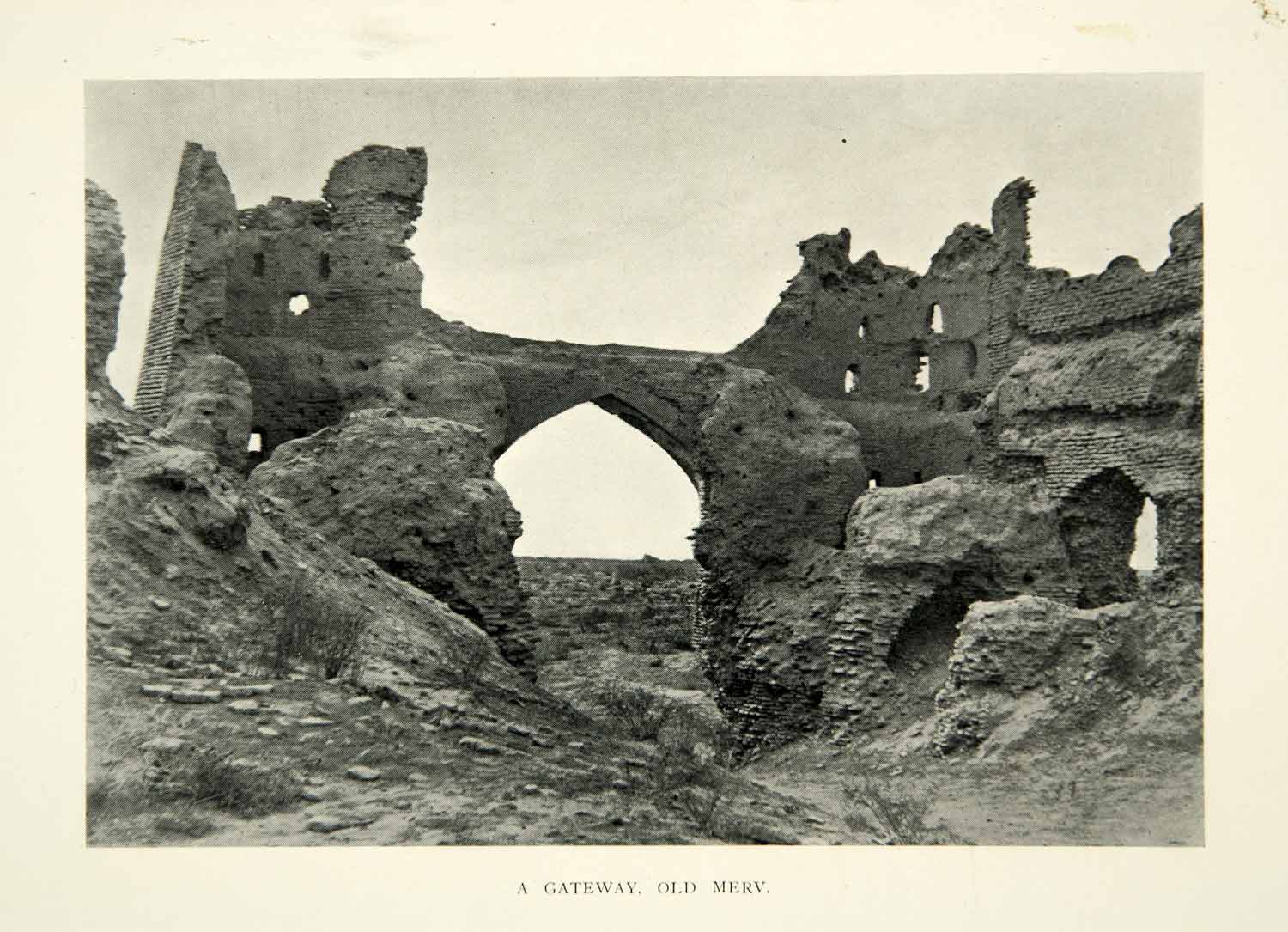DepthReading
Nomads and Oasis Cities: Central Asia from the 9th to the 13th Century
Summary: During the three to four centuries after the declineand demise of the Tang Dynasty (618–907) in theearly 9th century, the steppe nomads launched a seriesof imperial ventures. Several Turkish groups, havingadopted Buddhism or Islam in Central Asia, invaded
During the three to four centuries after the decline and demise of the Tang Dynasty (618–907) in the early 9th century, the steppe nomads launched a series of imperial ventures. Several Turkish groups, having adopted Buddhism or Islam in Central Asia, invaded India and the Byzantine Empire. At the eastern fringe of Eurasia, the Khitans, Tanguts, and Jurchen — mentioned
in Chinese historiography respectively as Liao Dynasty (907–1125), Xixia Dynasty (ca. 1032–1227), and Jin Dynasty (1115–1234) — succeeded in building regional kingdoms and even empires. Then, during the 13th century, the Mongols, the supreme empire builders, conquered much of the Eurasian land mass.
All the rulers from the steppe, forests, and borderlands between the ecological zones came from a cultural tradition shaped by mobile life and the worship of their god from the heavens by performing animal sacrifices. In the process of occupying the lands of settled empires and territories of other nomads, they invariably patronised the cultures and especially religious practices
of the conquered peoples and became followers of world religions. The rulers from the steppe had to merge their spiritual universe based on nomadic and/or pastoral life with those of their subjects who were agriculturalists. In this process, both sides helped to create a Tantric form of Buddhism compromising vegetarianism of early Buddhism with the blood-letting
rituals of pastoral societies. They also transformed aspects of Islamic practice and artistic expression in ways that incorporated Central Asia traditions....
Click to view the full article:
Category: English
DepthReading
Key words:

